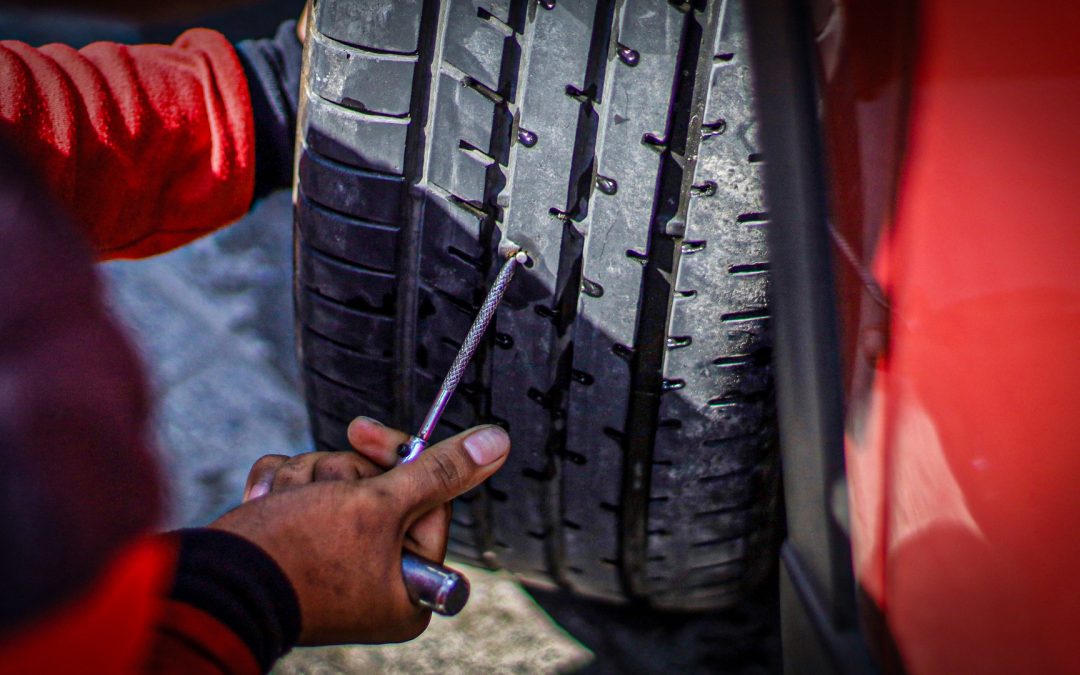Patching a punctured tire is a common job, but are you up to date on the latest guidance for safe plug locations?

If you read Shop Press regularly you’ve noticed we’ve been running a series for the past couple of years. It’s called “Automotive Paragons,” and it’s a series where we look at automotive entrepreneurs, designers, and engineers who were exceptional, ahead of their time, or otherwise had a major impact on the way cars were later sold, fabricated, or constructed. Here’s a recap of paragons we’ve featured to date.
Raymond Loewy was not just an automotive designer, but also a graphic and industrial designer. Loewy designed cars for Studebaker, Lincoln, and the Hupp Motor Car Company, as well as the interior of the Boeing 307, the Sears Coldspot refrigerator, the Sunbeam electric toaster, and logos for Shell, Nabisco, Exxon, and USPS. For his contributions to the look of early- to mid-20th century America, he’s arguably the Frank Lloyd Wright of the automotive and industrial world. In this piece, I take a look at all the disciplines in which he excelled.
Brooks Stevens was also an automotive, graphic, and industrial designer and a contemporary and rival of Raymond Loewy. He’s most known for popularizing the term “planned obsolescence,” but in this piece I argue that he didn’t mean it as an excuse for building crummy cars. Rather, he meant that new cars should be so attractive that customers want to buy them, even if their current car is still functional. I also talk about his work and how it reinforced his definition of the controversial term “planned obsolescence.”
Preston Tucker planned to manufacture a car called the Tucker 48 that featured many engineering and safety features that were later adopted by other car manufacturers. However, he was also accused of fraud and was the target of an SEC trial that bankrupted his company and led to only 50 complete Tucker 48s being produced. In this piece, I contend that he was a visionary, not a villain as the SEC and contemporary media attempted to portray him.
For this piece, I spoke to my friend Jack Ball about his great-grandfather, Frederic J. Ball, and his invention of the first American-built car that had a reverse gear. Although Frederic Ball’s impact on the automotive world wasn’t as profound as the others on the list, his story is still an important piece of lost automotive history. Originally designed for boats, Ball applied his reverse gear to his Ball Tonneau Touring Car. I detail this history of this invention, as well as his legal fights with Ford and Buick. It’s a fascinating, dramatic, and somewhat tragic story.
The articles and other content contained on this site may contain links to third party websites. By clicking them, you consent to Dorman’s Website Use Agreement.
Participation in this forum is subject to Dorman’s Website Terms & Conditions. Please read our Comment Policy before commenting.